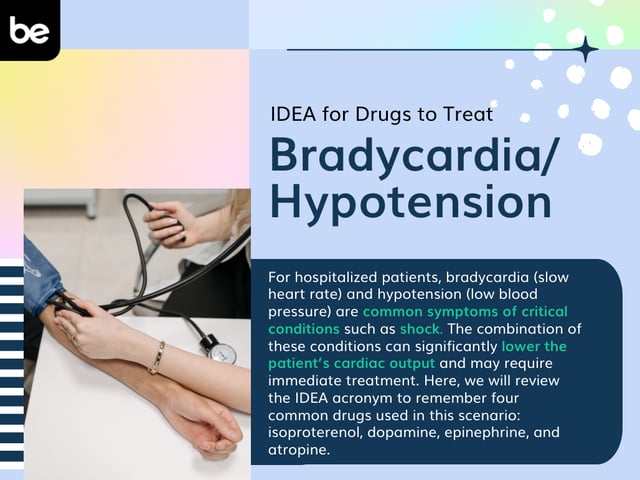
What Is Murphy’s Sign?
As you prepare to become a nurse, there are many specific assessment tests and findings you will need to know. Nurses and healthcare providers use these tests in combination with other laboratory or assessment findings to confirm important diagnoses. One of these assessment tests is Murphy’s sign.
When to Assess for Murphy’s Sign
Murphy’s sign is an assessment technique used on clients with right upper quadrant pain or tenderness. It is helpful in the diagnosis of acute gallbladder dysfunction, also known as cholecystitis.
Cholecystitis symptoms can be vague and include generalized or right quadrant abdominal pain, nausea/vomiting, changes in bowel movements, and bloating. Assessing for Murphy’s sign aids in the diagnosis of cholecystitis and ultimately helps healthcare providers to effectively manage and treat clients with this condition.
How to Assess for Murphy’s Sign
To assess for Murphy’s sign, there are important steps to take. They are as follows:
-
Assist the client to a supine position on a table or bed.
-
With your fingers pointing midline (toward the center of the body), place your left hand on the client’s chest with the index finger resting on the most inferior (bottom) rib.
-
Push the left thumb into the client’s abdomen and hold without leaning on the client’s rib cage.
-
Instruct the client to breathe deeply. Note the movement of the ribcage with inhalation.
-
Assess the client’s breathing pattern and degree of tenderness during inspiration.
-
Repeat the test without pressure being applied to the abdomen and note any differences between the inspired breath with abdominal pressure and the inspired breath without abdominal pressure.
What the Results Mean
Murphy’s sign can be either positive or negative. In the event of a positive response, the client will experience pain or tenderness enough to pause inhalation during the assessment. With a negative response, the client will be able to fully inhale without pain or tenderness.
The results of this assessment are fairly sensitive and specific. It is important to ensure that the results of the assessment are documented and the healthcare provider is notified accordingly. These findings are used in conjunction with lab work and other patient history to fully manage the client’s care.
Nurses can use specific assessment techniques to help identify healthcare conditions which can be critical to client management. Understand how and when to perform the Murphy’s sign assessment in preparation for the NCLEX exam and your nursing career.

Keep Reading

National Council Licensure Examination-Registered Nurse Blog
What to Expect in Nursing School Clinicals
The clinical experience is a rite of passage for all nursing students, …

National Council Licensure Examination-Registered Nurse Blog
What is the NCLEX Next Generation (NGN) Exam?
If you’re interested in becoming a registered nurse, you likely know th…

National Council Licensure Examination-Registered Nurse Blog
IDEA for Drugs to Treat Bradycardia/Hypotension
For hospitalized patients, bradycardia (slow heart rate) and hypotensio…